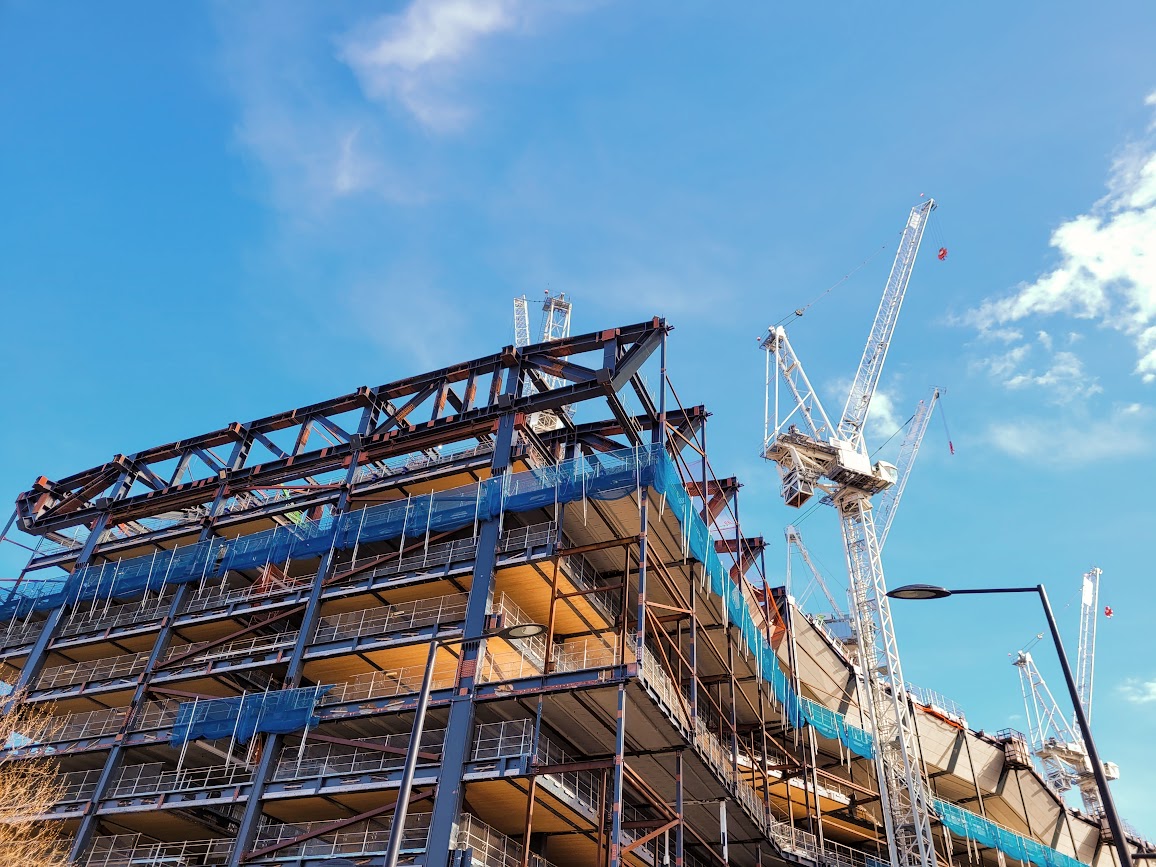Science
Engineers Develop Sustainable Building Material Using Cardboard

Engineers at RMIT University in Australia have created a groundbreaking building material that significantly reduces the carbon footprint associated with traditional construction practices. This innovative, cement-free material utilizes a combination of cardboard, soil, and water, achieving approximately one-quarter of the carbon emissions of conventional concrete while also minimizing waste directed to landfills.
The new composite, named cardboard-confined rammed earth, is designed for low-rise buildings and can be constructed on-site, making it particularly advantageous for remote areas. Its inherent thermal properties help maintain cooler indoor temperatures, promoting energy efficiency. Notably, this material enhances the structural strength of cardboard by more than tenfold when combined with a rammed earth core.
Production and Testing Methodology
To create cardboard-confined rammed earth, builders compact a mixture of soil and water within cardboard tubes, which serve as permanent formwork. The soil used in this process is pre-processed by desiccation and sieving to control moisture content and grain size distribution, ensuring optimal performance. A study conducted by the engineers tested various thicknesses of cardboard tubes—ranging from 1 mm to 4 mm—to assess their impact on the material’s mechanical strength. Each tube maintained a consistent height of 200 mm and an inner diameter of 100 mm throughout the experiments.
Compression tests were carried out using a hydraulic testing machine with a steady loading rate of 500 Newtons. The measurement of global strain was calculated by dividing the displacement of the loading platen by the initial height of each specimen, providing insights into the material’s performance under pressure.
In a complementary study, researchers explored the integration of carbon fiber with rammed earth, discovering that this combination produced strength comparable to high-performance concrete. The findings underscore the potential of rammed earth structures, particularly in hot climates where their high thermal mass naturally regulates indoor temperatures and humidity. This characteristic reduces reliance on mechanical cooling systems, leading to lower carbon emissions.
Implications for Sustainable Construction
The introduction of cardboard-confined rammed earth marks a significant advancement in sustainable architecture. Since it eliminates the need for cement, it can be produced at less than one-third the cost of traditional concrete. The researchers aim for this material to contribute to more environmentally friendly and resilient building practices. As the construction industry faces increasing pressure to reduce its environmental impact, innovations like this offer promising solutions.
The detailed findings of this research are published in the journal Composite Structures, under the title “CFRP-confined rammed earth towards high-performance earth construction.” Dr. Tim Sandle, Digital Journal’s Editor-at-Large for science news, emphasizes the importance of such developments in the context of global sustainability efforts. This new material not only paves the way for greener construction but also enhances the structural integrity and efficiency of buildings, pointing toward a more sustainable future in architecture.
-

 Science3 months ago
Science3 months agoToyoake City Proposes Daily Two-Hour Smartphone Use Limit
-

 Top Stories3 months ago
Top Stories3 months agoPedestrian Fatally Injured in Esquimalt Collision on August 14
-

 Health3 months ago
Health3 months agoB.C. Review Reveals Urgent Need for Rare-Disease Drug Reforms
-

 Technology3 months ago
Technology3 months agoDark Adventure Game “Bye Sweet Carole” Set for October Release
-

 World3 months ago
World3 months agoJimmy Lai’s Defense Challenges Charges Under National Security Law
-

 Lifestyle3 months ago
Lifestyle3 months agoVictoria’s Pop-Up Shop Shines Light on B.C.’s Wolf Cull
-

 Technology3 months ago
Technology3 months agoKonami Revives Iconic Metal Gear Solid Delta Ahead of Release
-

 Technology3 months ago
Technology3 months agoApple Expands Self-Service Repair Program to Canada
-

 Technology3 months ago
Technology3 months agoSnapmaker U1 Color 3D Printer Redefines Speed and Sustainability
-

 Technology3 months ago
Technology3 months agoAION Folding Knife: Redefining EDC Design with Premium Materials
-

 Business3 months ago
Business3 months agoGordon Murray Automotive Unveils S1 LM and Le Mans GTR at Monterey
-

 Technology3 months ago
Technology3 months agoSolve Today’s Wordle Challenge: Hints and Answer for August 19









